LG, Samsung said to be working with Apple on high-def p-Si iPad 3 displays
Citing industry sources, The Korea Times reported on Monday that Apple has been quality testing prototype displays from LG and Samsung at a facility in China. The companies were tasked with creating an iPad screen with a pixel density akin to the "Retina Display" found on the iPhone 4.
Apple's testing process with the new high-resolution screens is expected to be completed in the third quarter of calendar 2011. The screen will reportedly retain the 4:3 aspect ratio found on previous iPad models, but will support quad extended graphics, or QXGA, to provide a full high-definition viewing experience.
The report also added that Apple has "no interest" in creating screens based on organic light emitting diodes, or OLED. Though rumors of Apple adopting OLED displays are nothing new, it was said that OLEDs "have shorter life spans and are easily contaminated," particularly when extended beyond 5 inches.
It was also said that current OLED technology is not mature enough "to realize a full HD viewing experience." That high-definition picture is reportedly Apple's focus with the next-generation iPad.
"(Both LG and Samsung) are capable of providing high-resolution QXGA screens up to 9.7 inches, thanks to advanced production technology based on the used of low temperature polysilicon," the report said.
That same technology was also cited by Japanese newspaper Nikkan in April, in reference to Apple's anticipated sixth-generation iPhone. IT was said that Apple planned to use p-Si displays, which allow for a thinner and lighter design, in an iPhone expected to debut in 2012.
In a "p-Si LCD," the thin film transistor, or TFT, of the screen is made of polycristalline silicon. With this method, the display drivers can be mounted directly onto the glass substrate, shrinking the TFT section and allowing for a thinner LCD display.
The Korea Times said on Monday that Apple and Samsung continue to have a "close relationship" with regard to LCD displays, in spite of an ongoing legal battle between the two companies. But the same cannot be said for Samsung's chip manufacturing business.
Numerous reports this year have indicated that Apple is working toward a new partnership with Taiwan Semiconductor Manufacturing Co. to create the ARM-based processors found in devices like the iPhone and iPad. That would be a major blow to Samsung, a $7.8 billion partner of Apple.
But while Apple's transition away from Samsung for chipmaking is apparently already in the works, such a move for LCD displays is not said to be as feasible. The Times quoted one anonymous senior executive at Samsung who said that Apple is "first and foremost about product quality," and only Samsung can provide Apple's level of quality for LCDs.
 Katie Marsal
Katie Marsal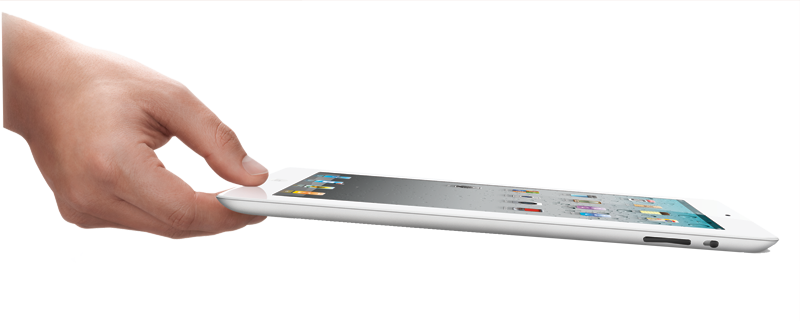


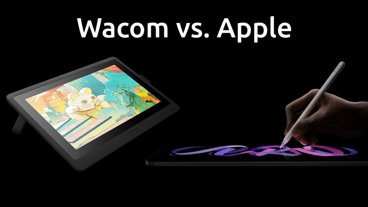

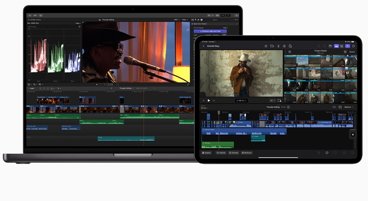








 Malcolm Owen
Malcolm Owen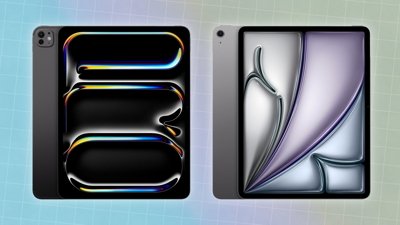
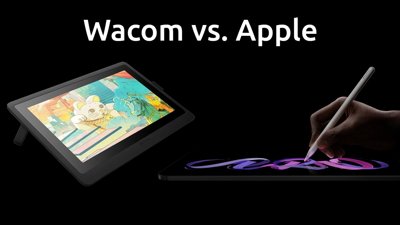
 Amber Neely
Amber Neely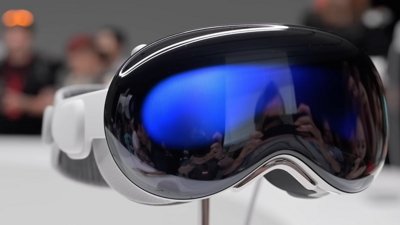

 Marko Zivkovic
Marko Zivkovic
 David Schloss
David Schloss
 Wesley Hilliard
Wesley Hilliard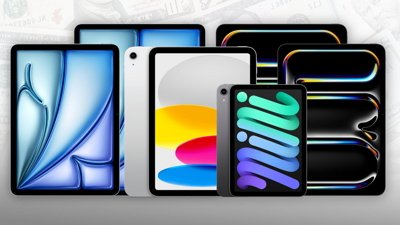
 Mike Wuerthele and Malcolm Owen
Mike Wuerthele and Malcolm Owen






29 Comments
That is higher resolution than my 24" Cinema Display, which is both awesome (for iPads) and depressing (for Macs).
According to wiki:QXGA (Quad eXtended Graphics Array) is a display resolution of 2048×1536 pixels with a 4:3 aspect ratio. The name comes from it having four times as many pixels as an XGA display. As of 2007, this is the highest non-experimental and non-widescreen resolution, and the number of monitors that can display images at this resolution are somewhat limited, especially among LCDs. The number of CRT monitors offering this resolution has actually dropped off, as CRT makers such as NEC and Sony have stopped offering their higher end models. Examples of LCDs with this resolution are the IBM T210 and the Eizo G33 and R31 screens, but in CRT monitors this resolution is much more common; some examples include the ViewSonic G225fB, NEC FP2141SB or Mitsubishi DP2070SB, Iiyama Vision Master Pro 514, and Dell and HP P1230. Of these monitors, none is still in production. A related display size is WQXGA, which is a wide screen version. CRTs offer a way to achieve QXGA cheaply. Models like the Mitsubishi Diamond Pro 2045U and IBM ThinkVision C220P retailed for around 200 USD, and even higher performance ones like the ViewSonic PerfectFlat P220fB remained under 500 USD. As recently as last year, many off-lease P1230s could be found on eBay for under 150 USD. The LCDs with WQXGA or QXGA resolution typically cost 4 to 5 times more for the same resolution. IDTech manufactured a 15" QXGA IPS panel. NEC had sold laptops with QXGA screens in 2002-2005 for Japanese market.[20][21]
4-5 times more? APple should strike a deal.
The IBM T210 et.c are not on resolution independent OSe's so they are larger. Twice as large diagonally. They say 21CM but I wonder if some of that is bevel. Anyway the T210 is from 2002. Apparently graphic cards didnt have a problem back then with this.
That would be a major blow to Samsung, a $7.8 billion customer of Apple.
Samsung is not Apple's customer. Samsung is a supplier, and is not buying anything from Apple, therefore Apple is Samsung's customer because Apple is buying from Samsung
Samsung is not Apple's customer. Samsung is a supplier, and is not buying anything from Apple, therefore Apple is Samsung's customer because Apple is buying from Samsung
Unless it's Samsung who is trying to buy Apple's dollars...
Apple has a finely tuned supply chain process for advanced technology, diversified sources, and strong competitive pricing negotiations with its vendors, including SAMSUNG.
While strategic market competition in smart phones as well as in components can play a role [especially when emotions get involved], one should not underestimate Apple's supply chain measures of cost, diversity, and quality as primary business drivers.